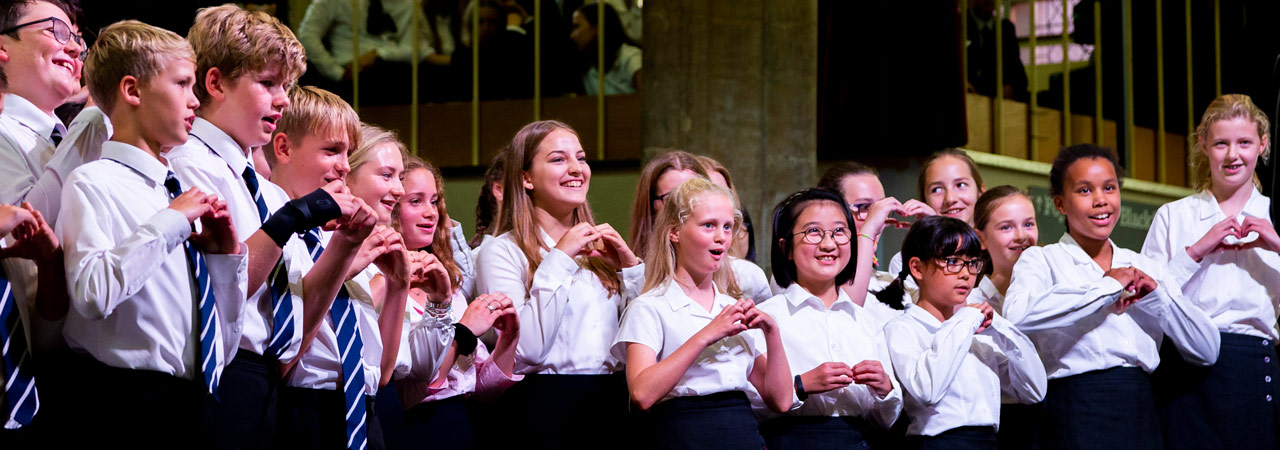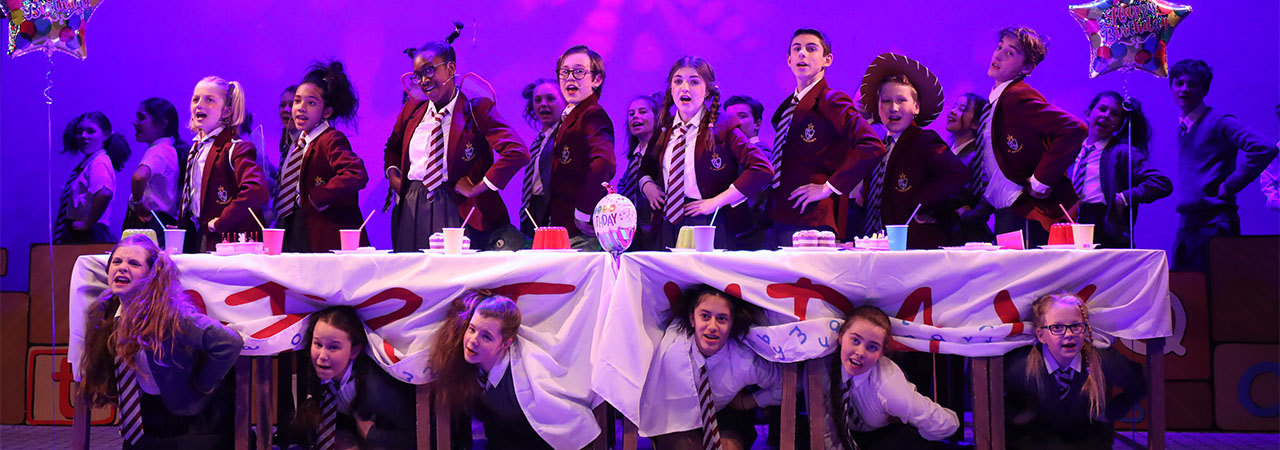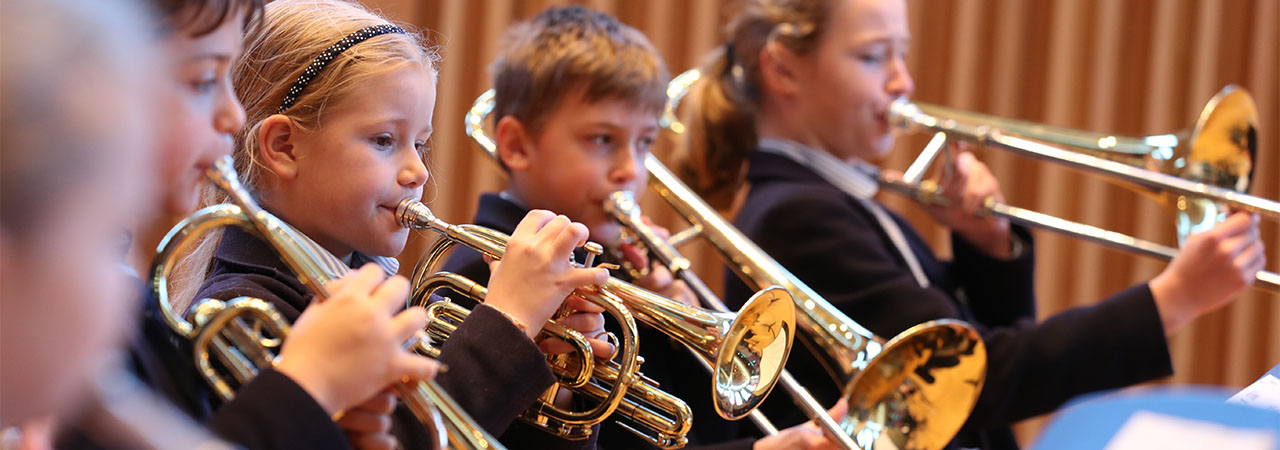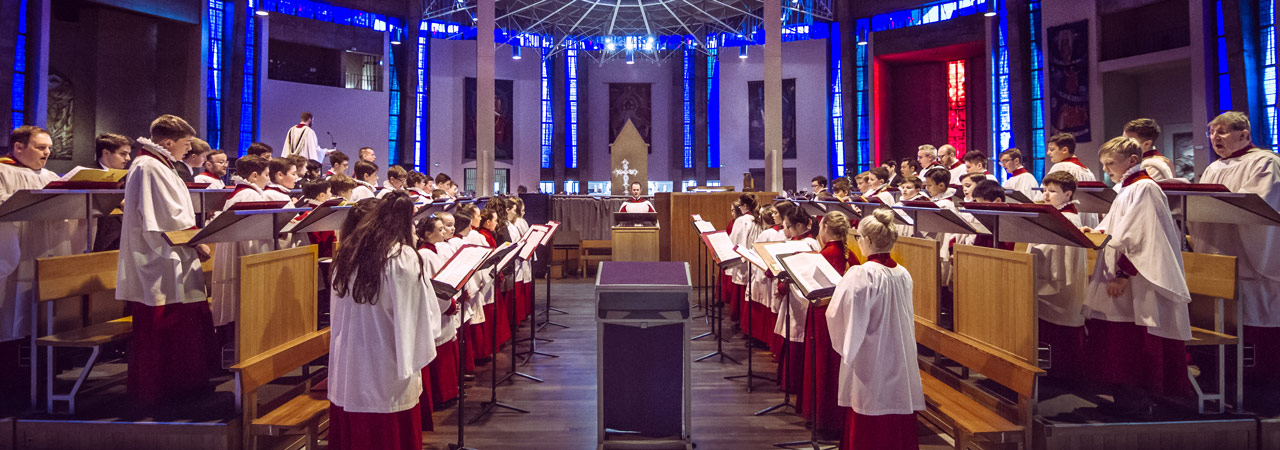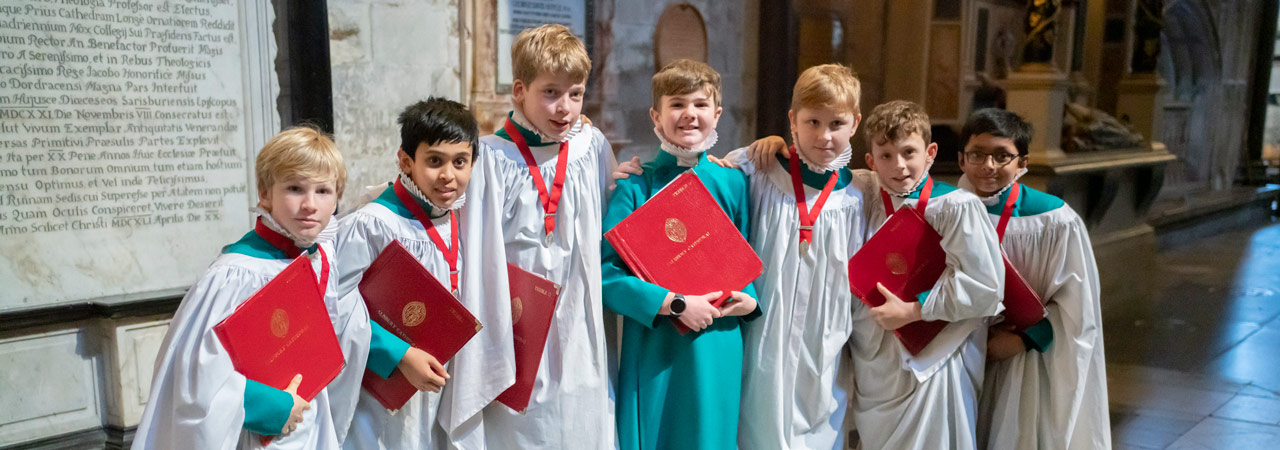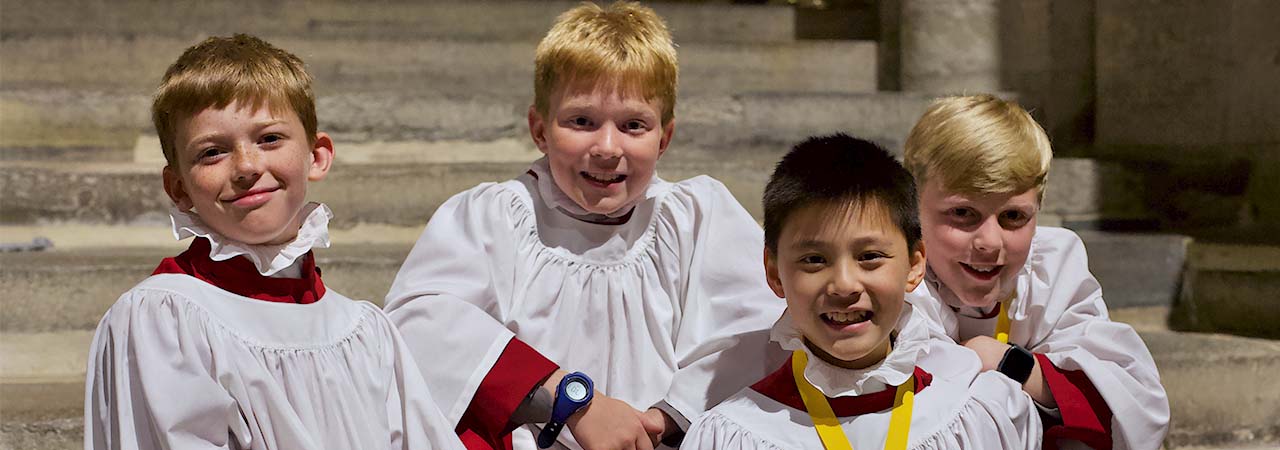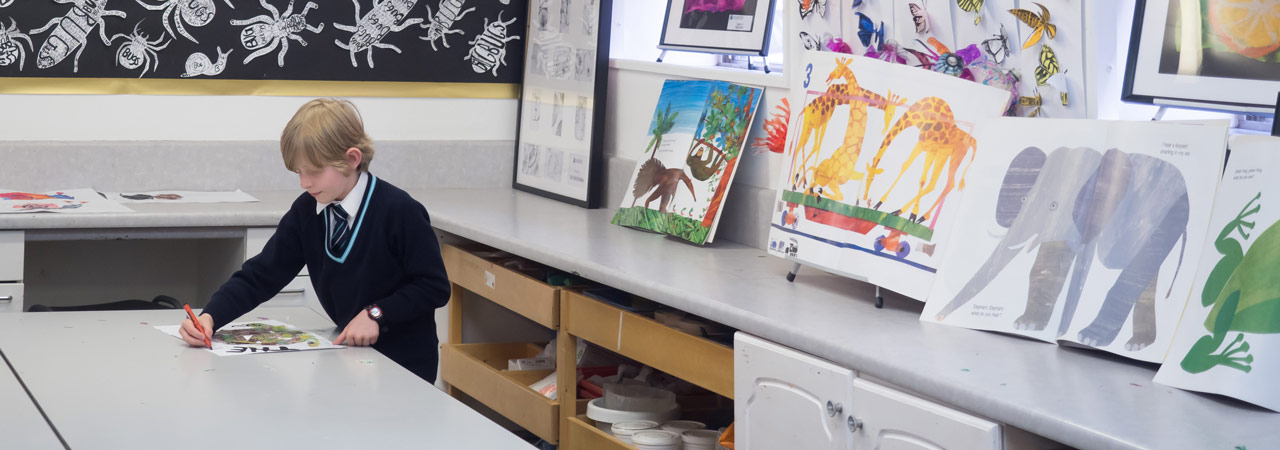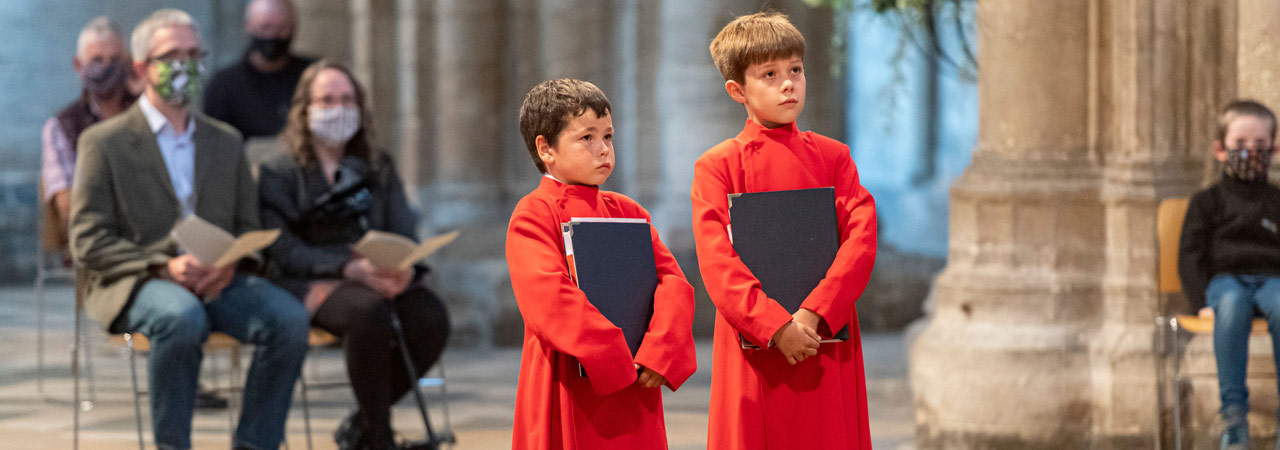Salisbury’s Chorister Bishop
At Evensong on Sunday 5 December, 12-year-old Isabel Moss from London was installed as the latest in a long line of Chorister Bishops at Salisbury Cathedral, temporarily taking over the role of bishop for the duration of the 45-minute service. During the service the Acting Bishop of Salisbury relinquished her staff, mitre and cope and stood aside whilst Isabel, the Chorister Bishop stepped up into the Cathedra or bishop’s throne wearing the Chorister Bishop’s robe, mitre and ring and carrying a staff. From the cathedra she delivered a sermon and led the choir and congregation in prayer.
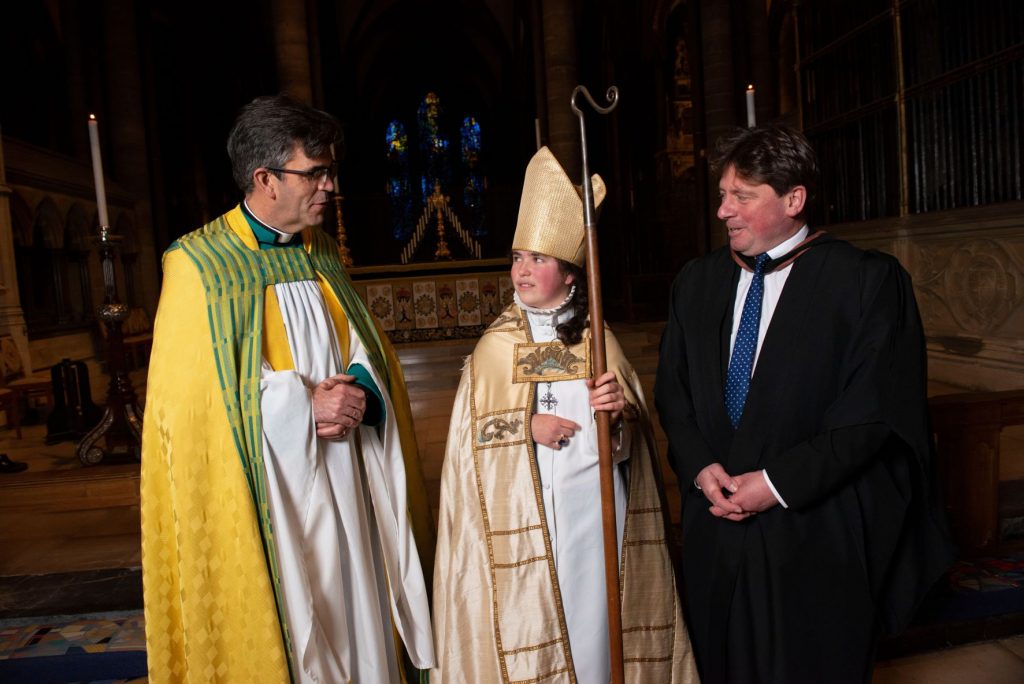
Being chosen to be the Chorister Bishop is a great honour for a chorister and marks their contribution to the choir and Cathedral music. Isabel not only sings with the choir, but she also plays piano and flute, likes art, and is a member of the school’s under-13 hockey team.
David Halls, Director of Music at Salisbury Cathedral said: “Isabel is an exceptionally good singer and an excellent role model for the younger choristers. She’s has been in the choir for 4 years and was made a senior chorister in September. She knows how to work hard but enjoy life, which is exactly what we want our choristers to do. Singing with a Cathedral choir is a big responsibility but also great fun.”
A Medieval Tradition Revived
The Chorister Bishop or Boy Bishop tradition goes back to medieval times, when a boy chorister held the office of bishop from the Feast of St Nicholas (the patron saint of children) on 6 December until the Feast of the Holy Innocents on 28 December. During that time, medieval child bishops could appoint clergy and distribute the Church’s money as they saw fit. Today, the chorister is as likely to be a girl as a boy. Salisbury Cathedral appointed its first Girl Chorister Bishop in 2015.
The practice of appointing Child Bishops in English cathedrals continued right up until the reign of Henry VIII. He put a stop to the practice in 1541, declaring it a distraction from proper church business. It was revived in its present form at Salisbury Cathedral in the 1980s.

